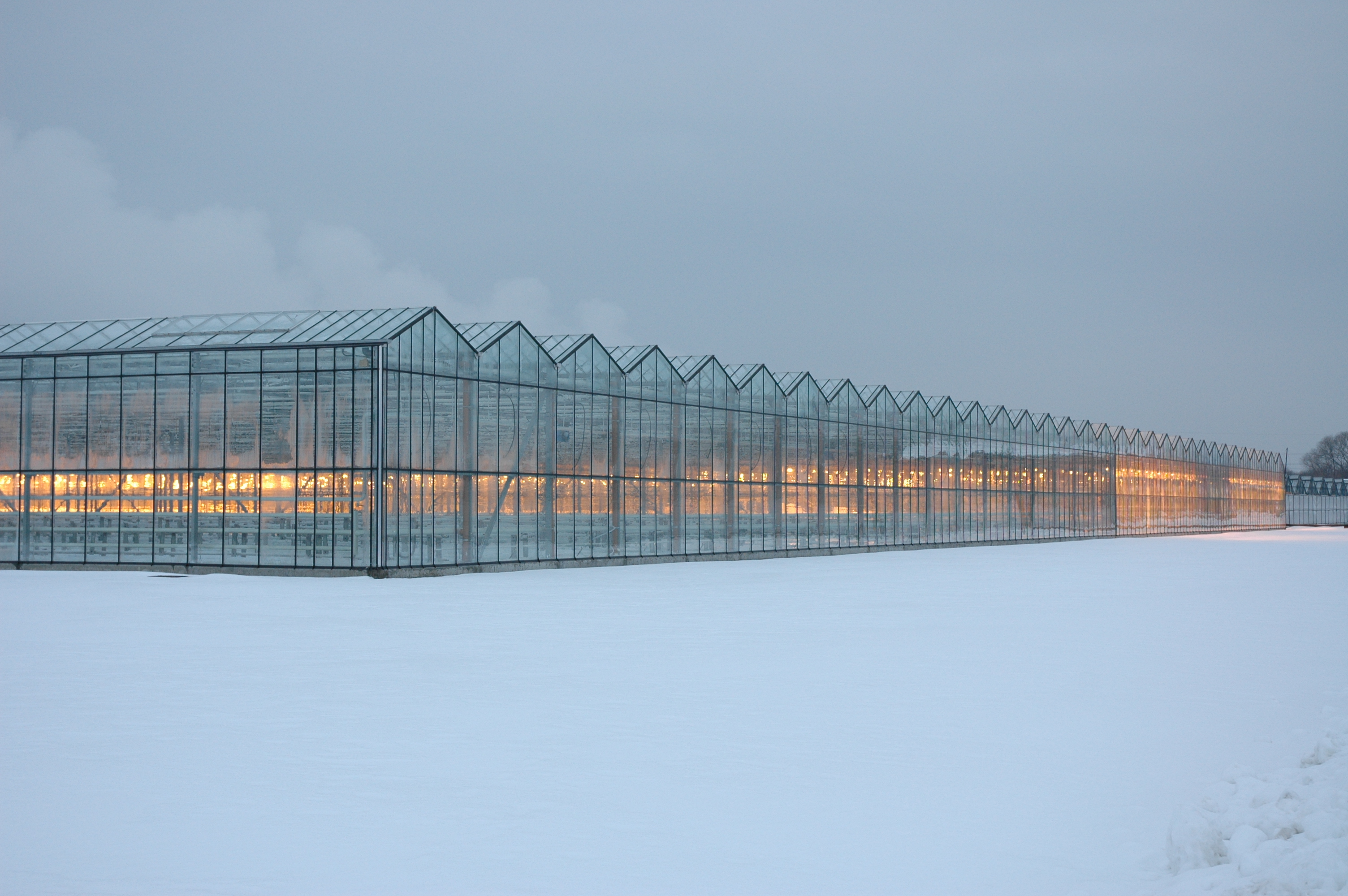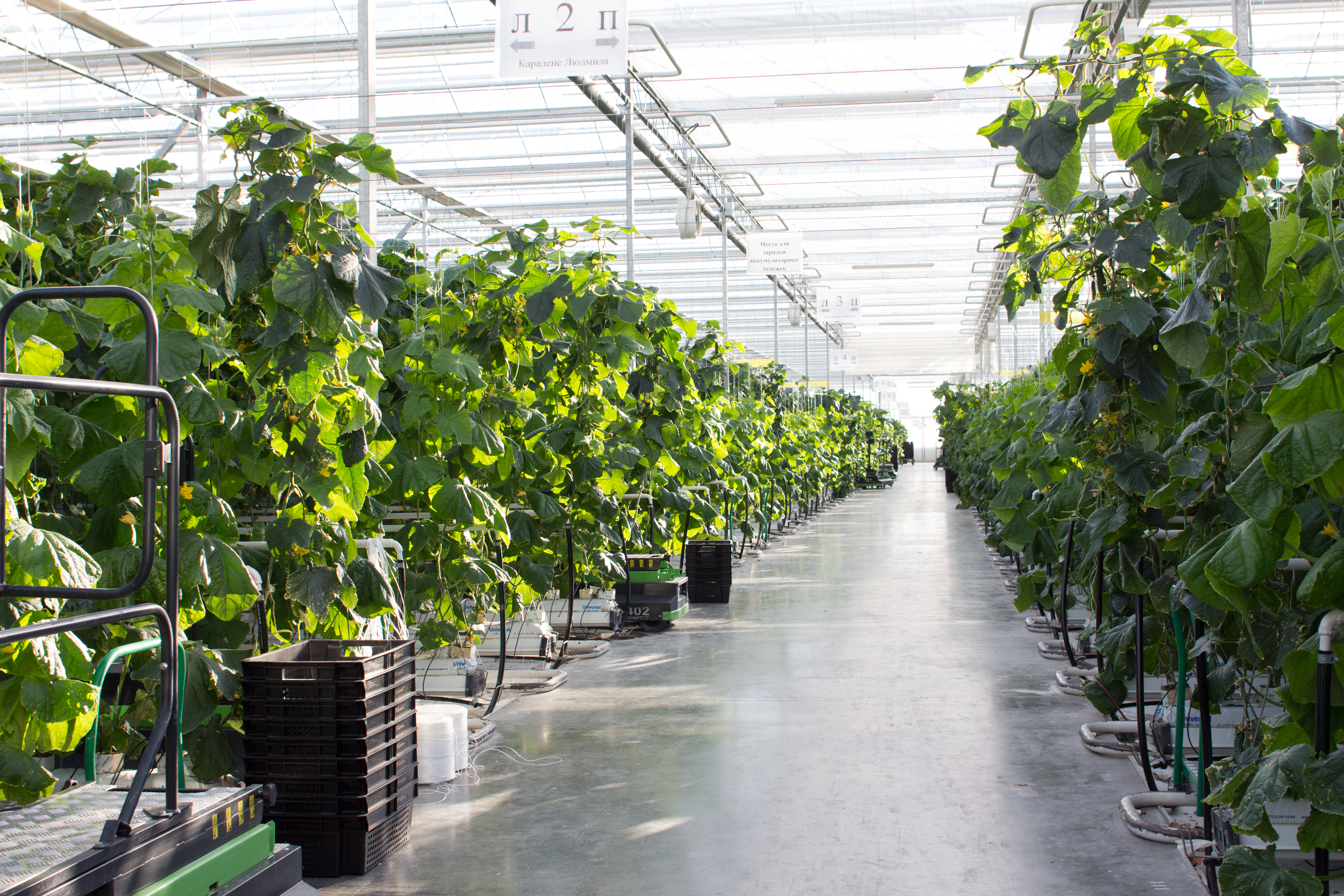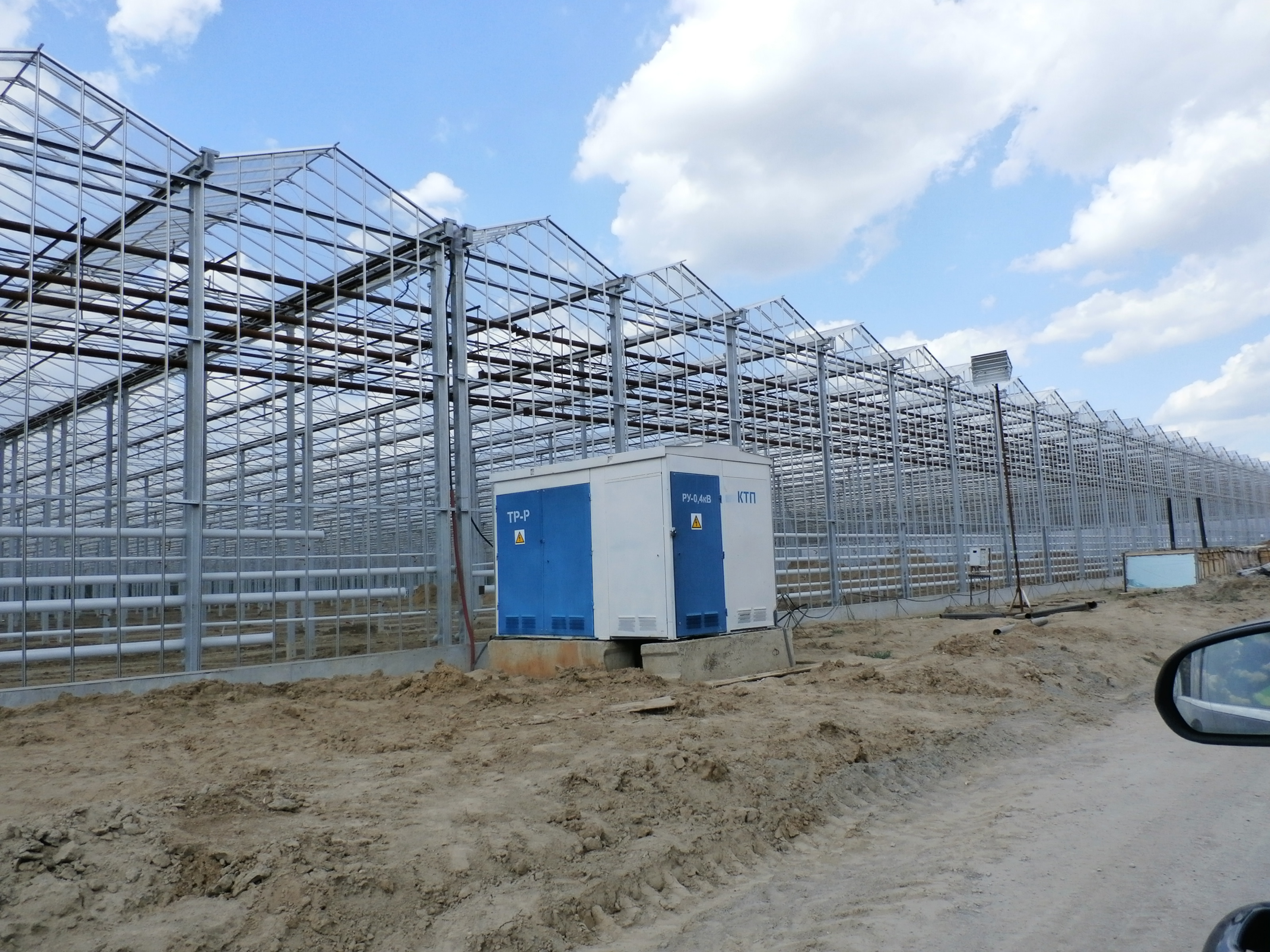Industrial greenhouses made in Russia
Content
Historical reference
In the early seventies of the last century, a program of construction of greenhouse complexes around Moscow, St. Petersburg, large industrial centers, and near regional centers was carried out. In the 80s, the greenhouse industry reached its maximum point of development. Almost 5,000 hectares of greenhouse complexes were built for year-round operation. Many of them have become city-forming enterprises.
In the 90s, during the "perestroika" and "privatization" period, greenhouse complexes fell into decay, some of them ceased to function. The reasons were different, including the receipt of vegetables from southern countries under subsidy programs of the supplier countries, which made imported vegetables cheaper, with a simultaneous rise in the cost of energy resources for domestic vegetable growers. During this period, more or about 50% of the area of industrial greenhouses was lost (according to various estimates).
By the beginning of the new century, the greenhouse industry approached with two thousand hectares of industrial greenhouses of year-round operation, 60% of which were already morally and physically worn out.
A corresponding decrease in the volume of production of domestic greenhouse products against the background of growing consumer demand of the country's population led to a sharp increase (up to 50%) in imports of off-season vegetables, and in winter it reached 85%.
Against the background of the economic crisis and the deteriorating foreign policy situation at the state level, programs were adopted to support domestic agriculture and the protected soil industry in particular. In this regard, there is a tendency for the construction of greenhouses based on modern world technologies. According to the forecasts of the Association "Greenhouses of Russia", the total area of greenhouse complexes in the Russian Federation by the end of 2019 will reach 2576 hectares, and by 2020 - 3200 hectares.
Industrial greenhouses today
Let's see what industrial greenhouses look like today. The basis of modern greenhouse structures is the so-called "cold house", the delivery of which includes galvanized steel supporting structures, aluminum structures, rubber seals, hardware and glass.
The cold house is the basis of the greenhouse, which performs a number of functions that ensure the protection of plants in conditions of unfavorable climatic factors, its microclimate, the installation and operation of engineering systems, the reliable operation of the entire structure as a whole for the entire period of service.
The cost of a cold house is 25 - 30% of the cost of building a turnkey greenhouse.
The most popular among imported designs are greenhouses with a span of 8 m, a planning grid of 8.0 × 4.5 m and a column height of 4.5 - 5 - 6 m. This greenhouse is offered as a universal tool for both producers of vegetable and flower products. ... It provides for some design features associated with the discharge of rain and melt water through the end columns.
A common disadvantage of imported greenhouses is the lack of a complete design documentation (usually only installation diagrams are included with the structures), which allows obtaining a full-fledged permit for the construction and operation of a greenhouse from Russian regulatory authorities. As a rule, project support for production is not provided, or it is very expensive, as is the provision of repair parts and installation supervision.
One of the most popular industrial structures of Russian production is an industrial greenhouse with a column height of 5.0 m. This design uses such innovations as drainage from the roof through the internal cavities of the end columns, removal of vertical loads on the side internal glass by using an additional aluminum spros, which excludes spontaneous destruction of glasses. One of the few manufacturers of greenhouse structures in Russia is PKF AGROTIP. Today the company offers an expanded range of industrial greenhouses of the VENLO type, depending on the greenhouse span - 6.4 m, 9.6 m, 8 m, 12 m; column heights - 4.5 - 5 and 6 m.
Greenhouses of the VENLO type are very popular both in the world and in the Russian Federation. The designs of such greenhouses for growing various crops can be successfully used by both farmers and other agricultural producers. They are used for growing tomatoes, peppers, cucumbers, strawberries, eggplants and other crops.
Thanks to the use of microclimate systems, energy consumption in these greenhouses is minimized.
Research by scientists from the Netherlands has shown that the height of the columns in a greenhouse of this type from 5 to 5.5 m is the most rational for growing most crops, but the height of the columns is more suitable for the tomato culture - 6 m.
To ensure the functioning of modern technologies for growing plants, greenhouses are equipped with the following engineering and technological systems and equipment:
- ventilation system (manufactured and supplied complete with greenhouse frame metal structures);
- horizontal and vertical curtain system;
- water pipe heating system (heating system);
- water supply and sewerage systems;
- drip irrigation system with reuse of drainage waste;
- air recirculation system in the volume of greenhouses;
- a system for supplying, distributing and controlling the concentration of CO2 in the volume of the greenhouse;
- systems of electrical equipment, electric lighting and electric lighting;
- automated microclimate control system.







